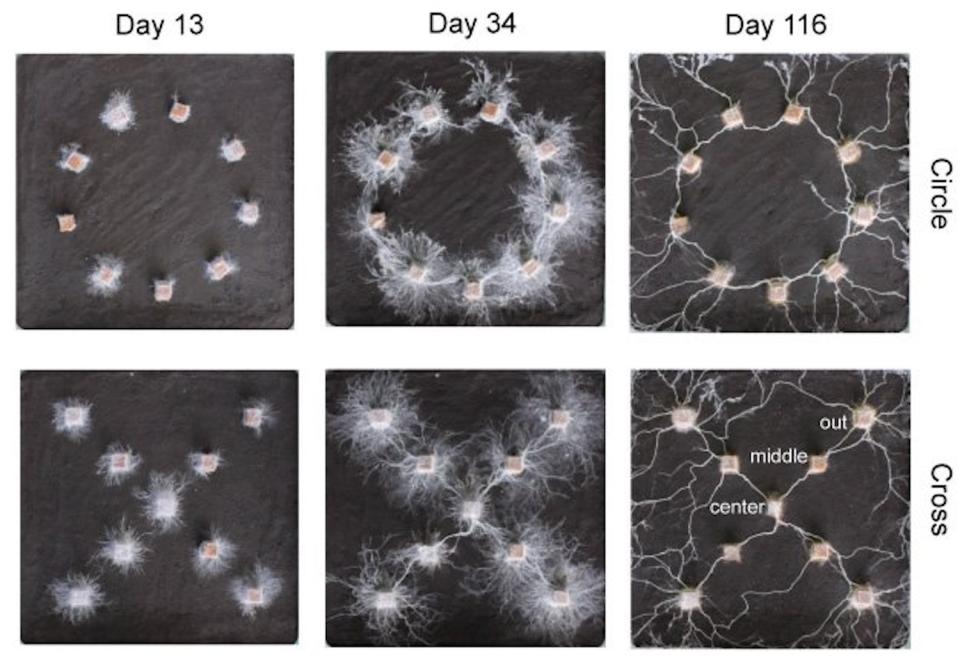Mold are fascinating life forms that defy conventional views of animal intelligence. They have no brains, yet show clear signs of one decision-making and communication. But how complex are these organisms and what can they tell us about other forms of consciousness? To begin investigating these mysteries, researchers from Japan’s Tohoku University and Nagaoka College conducted a simple test to test the decision-making skills of a cord-forming fungus known as Phanerochaete velutina. According to the team’s study published in Fungal ecologyTheir findings show that fungi can ‘recognise’ different spatial arrangements of wood and adapt accordingly to make the most of their world.
Although many people recognize fungi only by their above-ground mushrooms, these formations are only the outermost representation of an often extensive network of underground threads called mycelium. These interconnected networks are capable of communicating environmental information to an entire system stretching for miles. But mycelial growth does not necessarily extend randomly in all directions; it seems like a calculated effort.


To demonstrate this ability, researchers set up two 9-inch-wide square dirt environments and soaked rotting logs for 42 days in a solution containing P. velutina traces. They then placed the blocks in a circular or cross-shaped arrangement in the box and let the fungi do their thing for 116 days. If the P. velutina grows randomly, then this would indicate a lack thereof basic cognition decision-making – but that didn’t happen at all.
Initially, the mycelium grew outwards around each block for 13 days without connecting to each other. However, about a month later, both arrangements showed extremely tangled fungal webs extending between each wood sample. But then something striking happened: By day 116, each fungal network had organized itself along much more purposeful, more clearly defined pathways. In the circle setting P. velutina showed uniform connectivity that grew outward, but barely grew into the interior of the ring. Meanwhile, the cross fungi extended much further from the four outer blocks.
(Related: This robot is controlled by a King Oyster Mushroom.)
Researchers theorized that the mycelial network in the circular environment determined that there was little benefit in expending excess energy on a region it already occupied. In the case of the cross scenario, the team believes that the growth areas of the four outposts served as ‘outposts’ for foraging missions. Taken together, the two tests strongly suggest that networks of mindless organisms communicating with each other through the mycelial networks grow in accordance with the environmental situation.
“You’d be surprised how much fungi can do. They have memories, they learn and they can make decisions,” said Yu Fukasawa, co-author of the study at Tohoku University, in the paper paper notice on October 8. “Honestly, the differences in the way they solve problems compared to humans are astounding.”
While there is still much to understand about these often overlooked organisms, researchers believe that continued experimentation and analysis could lead to a better understanding of the broader evolutionary history of consciousness, and even chart a path to advanced bio-based computing.







